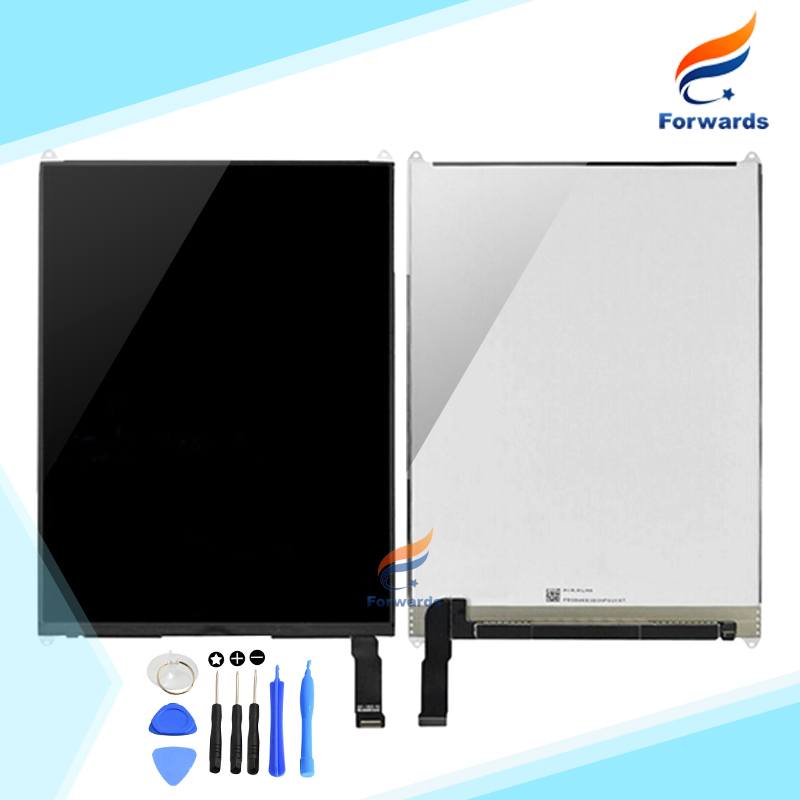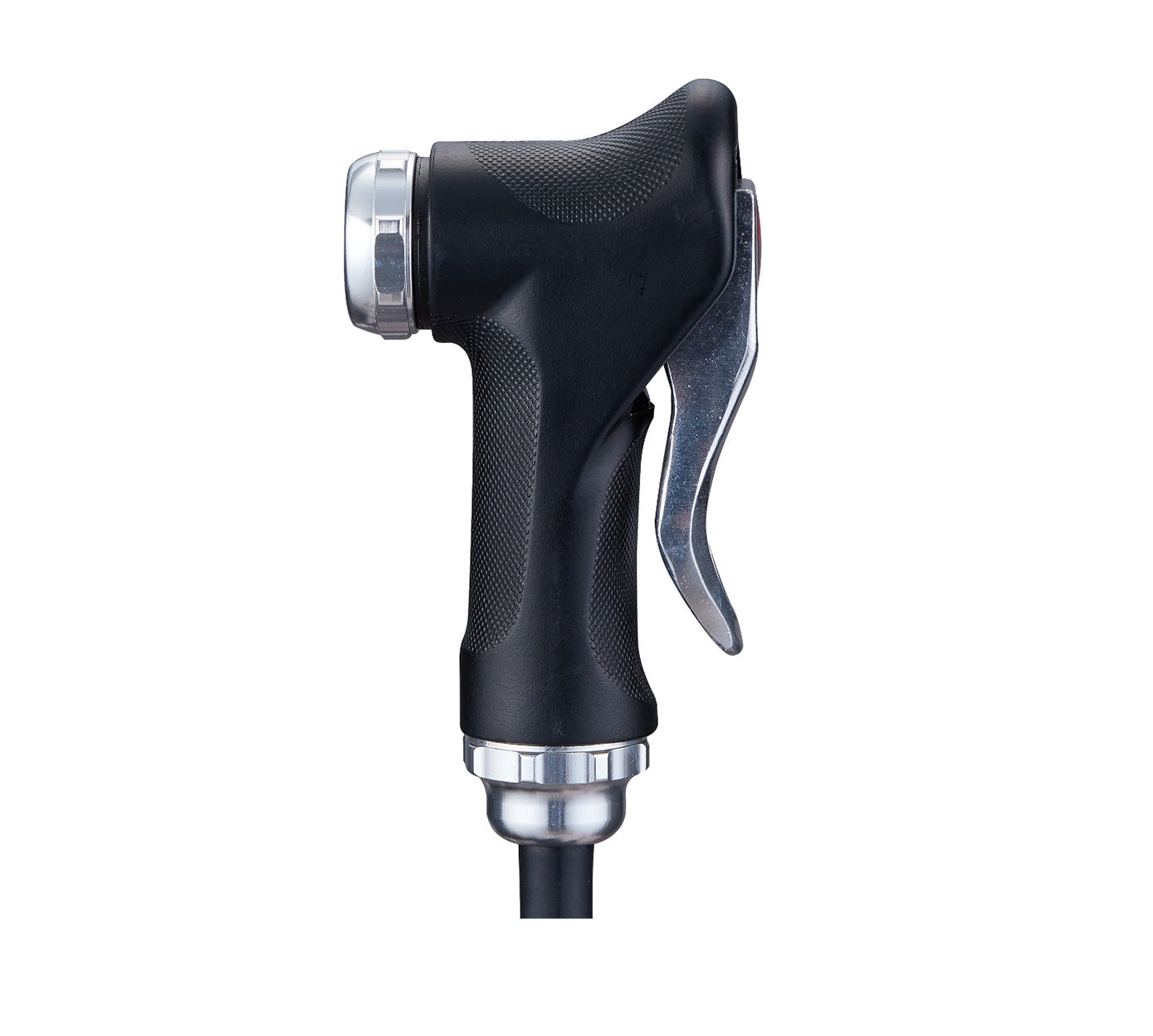
Essentially, the bigger the pump, the larger the air chamber will be and a larger pump will be able to inflate a tube faster than a smaller pump. Hand pumps come in a plethora of sizes that are able to handle different tire sizes easier.

A hand pump has a smaller air chamber than a floor pump, so it takes substantially more pumps to inflate a tube than it would take with a floor pump. A hand pump is a great thing to take with you on long rides in case you get a flat tire and need to change the flat on the fly. Floor pumps typically go up to 120 PSI (Pounds per Square Inch) or 160 PSI which is more than enough to fill up mountain bike tires and road tires.Ī hand pump (often referred to as a mini bike pump) is essentially a smaller version of a floor pump. Most standard floor pumps can be used with either presta valves or Schrader valves with some pump heads automatically working with both valves and some requiring the reversal of an internal flip chip in order to work with the other valve standard. Installing a tubeless setup usually requires an air compressor because a large amount of air needs to be released at once in order to set the tire bead and a floor pump usually can’t release enough air fast enough to achieve this. A floor pump is used to inflate bike tubes or top off a tubeless setup. If you are looking for some inflation tools to fill up your bike tires, we have a wide selection of options for you here at JensonUSA.Ī floor pump is the most common form of bike tire pump. These include floor pumps, hand pumps, shock pumps, and CO2 inflators. They are always happy to help you with any questions you may have.Bike pumps and inflation tools come in many shapes and sizes and within all the varying sizes and functions, there are four main types of inflation used in the world of cycling. If you have any questions about bike floor pumps, hop on a call or chat with one of our expert Gear Advisors today at 88. The easy to read gauge means you’ll be able to dial in the pressure more accurately than using a hand pump or a CO2 inflator. Most bicycle floor pumps go up to at least 120 PSI, while some higher quality tire pumps will go upwards of 160 PSI.

With a bike floor pump, it is incredibly easy to inflate a bicycle tire. Lower pressures give your tires better traction when riding off-road and higher pressures typically give you better rolling speed when riding on the road. Mountain bikes and hybrid bikes typically run lower air pressure, while road bikes tend to run very high air pressure. A pressure gauge notifies you how much tire pressure is in your tire. It’s common for a floor pump to have a pressure gauge on the main body of the pump that displays PSI (pounds per square inch) and barometric pressure. Most tubeless setups also use a presta style valve. A presta valve is a new type of valve which is typically found on modern road bikes and mountain bikes. A Schrader valve is the “traditional” type of valve which is commonly found of inexpensive modern bikes, older bikes, and car tires too.

Most modern bike pumps are designed to work with presta or Schrader valves with some pump heads automatically working with both, while others feature an internal flip chip that must be reversed to go from one standard to the other.

If you are looking for an easy and practical way to inflate your bike tire, then a standard floor pump is perfect for you because they are simplistic and have a sturdy base which allows you to brace the pump against the ground while you use it. Air compressors are quite expensive though, so most people don’t own them. The only way to inflate a tire faster than with a floor pump is with an air compressor. Compared to a hand pump, a floor pump has a much larger air chamber which means a higher volume of air is added to the tube/tire every stroke of the pump. Bike floor pumps are one of the easiest and quickest ways to inflate your bike tires.


 0 kommentar(er)
0 kommentar(er)
